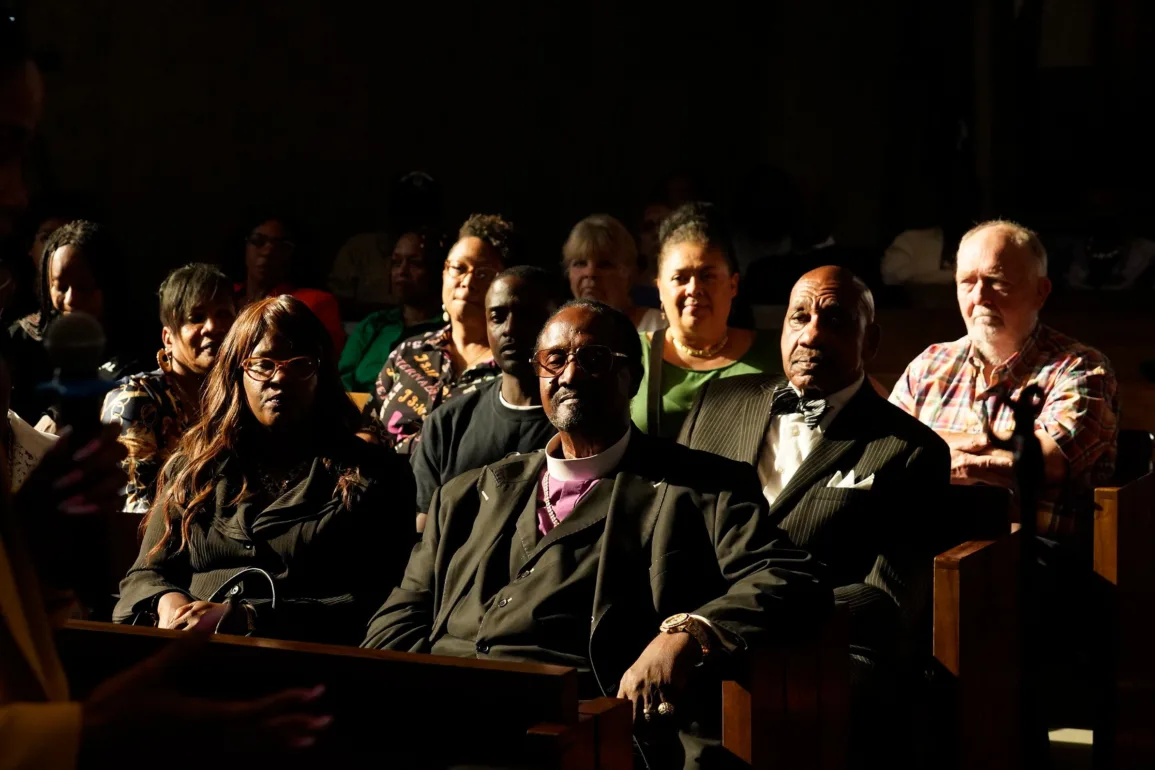PALM SPRINGS, CA — From approximately 1954 to 1966, the city of Palm Springs forcibly evicted Black and Latino families from their downtown neighborhood known as Section 14. An estimated 200 homes were burned or destroyed as part of a demolition process that left hundreds of people displaced.
The one-square-mile community was a residential area for people of color, and the Agua Caliente Band of Cahuilla Indians owned the land. The historical reasons behind the mass clearout are cloudy, but it’s been called a “city-engineered holocaust.”

Slow Forward Movement
In September 2021, six decades after the injustice, the city of Palm Springs formally apologized for the evictions and said it would develop proposals for possible economic investments that could act as reparation for survivors. A year later, the city also removed a statue of Frank Bogert from City Hall. He was Palm Springs mayor at the time of the evictions.
This week, the city announced several steps it is taking to right the wrong that happened in Section 14, but stopped short of promising direct reparations to families despite an ongoing legal battle.
During a closed-session City Council meeting Thursday, reparations were allegedly discussed, and afterward Palm Springs Mayor Jeffrey Bernstein released a written statement.
“Today the City Council met in Closed Session and had a very thoughtful and robust discussion regarding Section 14,” he began. “My colleagues and I recognize that City funds were used to clear land which housed individuals and families who were tenants on the property, including minority groups. We know that we as a city need to right that wrong … .”
Bernstein said several actions were agreed to, including: contributing to a Community Land Trust that would pay for construction of affordable housing in the city; “potentially” expanding funding of the city’s small business entrepreneur pilot program with a focus on underserved communities; exploring construction of a healing/cultural center dedicated to Section 14; and renaming a city area and/or creating a day of remembrance.
“My City Council colleagues and I are committed to continuing the conversation with the survivors of Section 14 and all residents of Palm Springs as we work together to address the inequities of the past,” Bernstein said.

The mayor stopped short of announcing any direct reparations to families and instead said that City Council “directed” the City Attorney “with regards to the claims made to the City by the residents of those displaced from Section 14.”
What that means is very unclear.
Pearl Devers, a former Section 14 resident who leads a survivors group that is suing the city for restitution, told the Desert Sun that Thursday’s pledges are a positive step, but their 2022 legal claim has not been settled and negotiations will continue.
Historical Research Needed
There is little question that Palm Springs oversaw and initially paid for the demolition of Section 14, though some say the city did nothing wrong.
A group called Friends of Frank Bogert claims the city provided resources for the demolitions on behalf of the tribe after proof that eviction notices were served. The city was then reimbursed for the teardowns by the federal government, according to the group, which claims the clearout was done so that the tribe could enter into development agreements for the land.
In Thursday’s statement, Bernstein said City Council “remains committed” to hiring a consultant to do independent historical research on Section 14.
It is needed.
For example, all sides have pointed in part to a 1968 report written by a California deputy attorney general who found the Section 14 demolition was legal yet a “city-engineered holocaust.”
Areva Martin, an attorney for the Section 14 Survivors group suing the city, told the Desert Sun that Thursday’s actions are a step in the right direction but they are not the end of the ugly chapter.
“[It’s] tremendous progress because in October of last year, we weren’t talking,” Martin said. “So I’m encouraged.”



